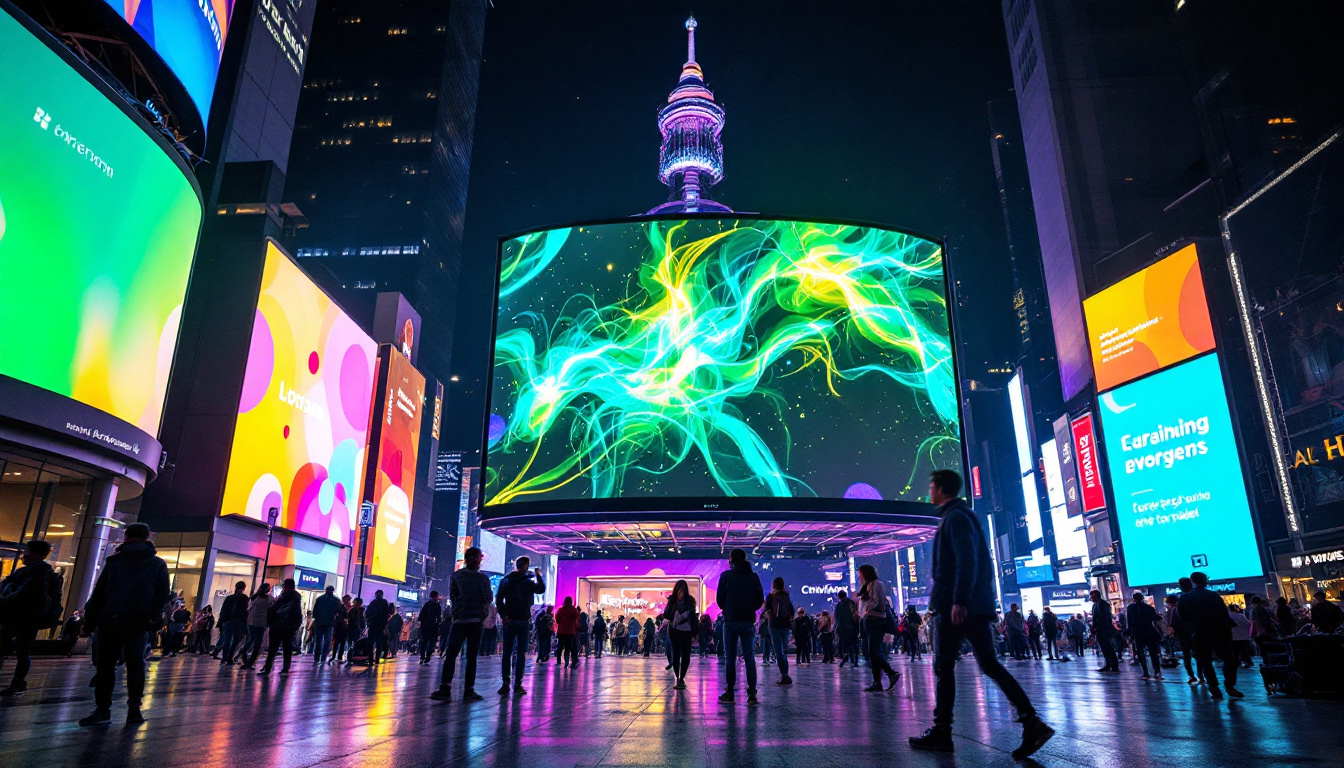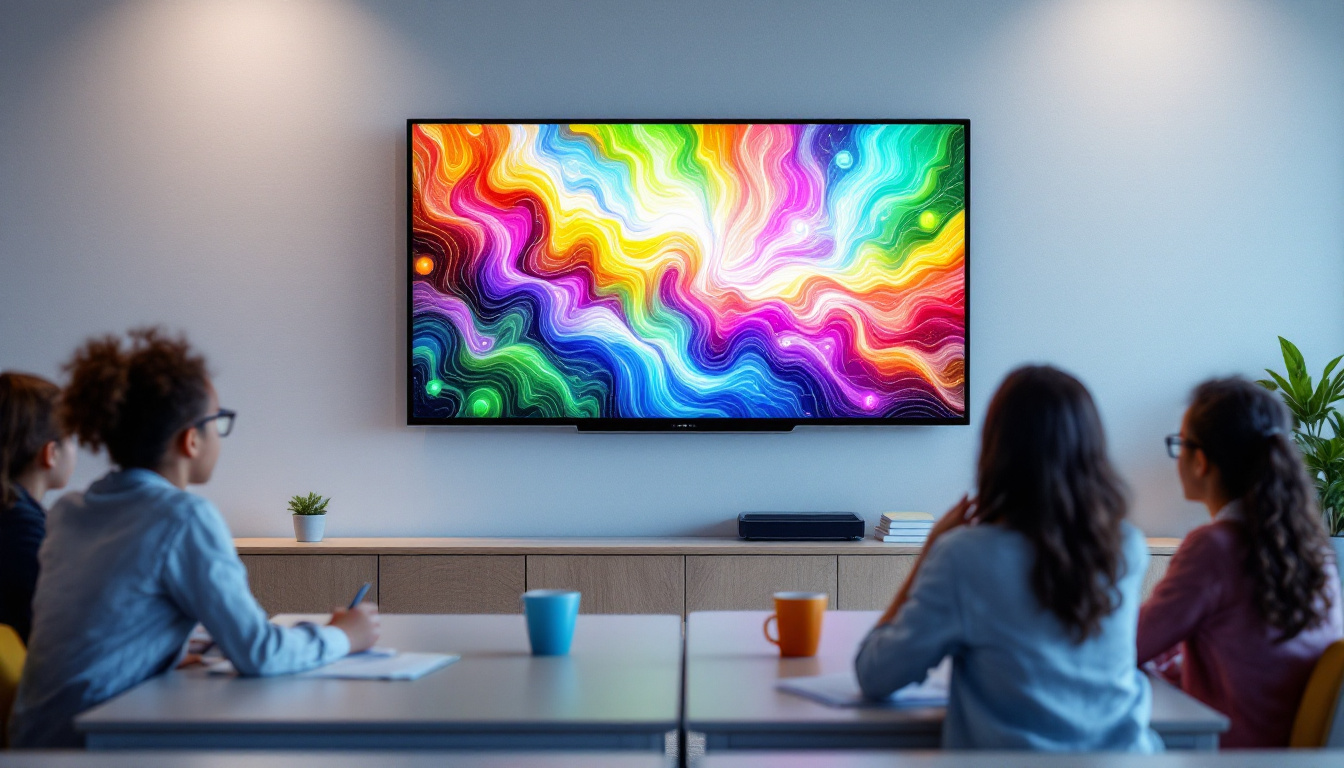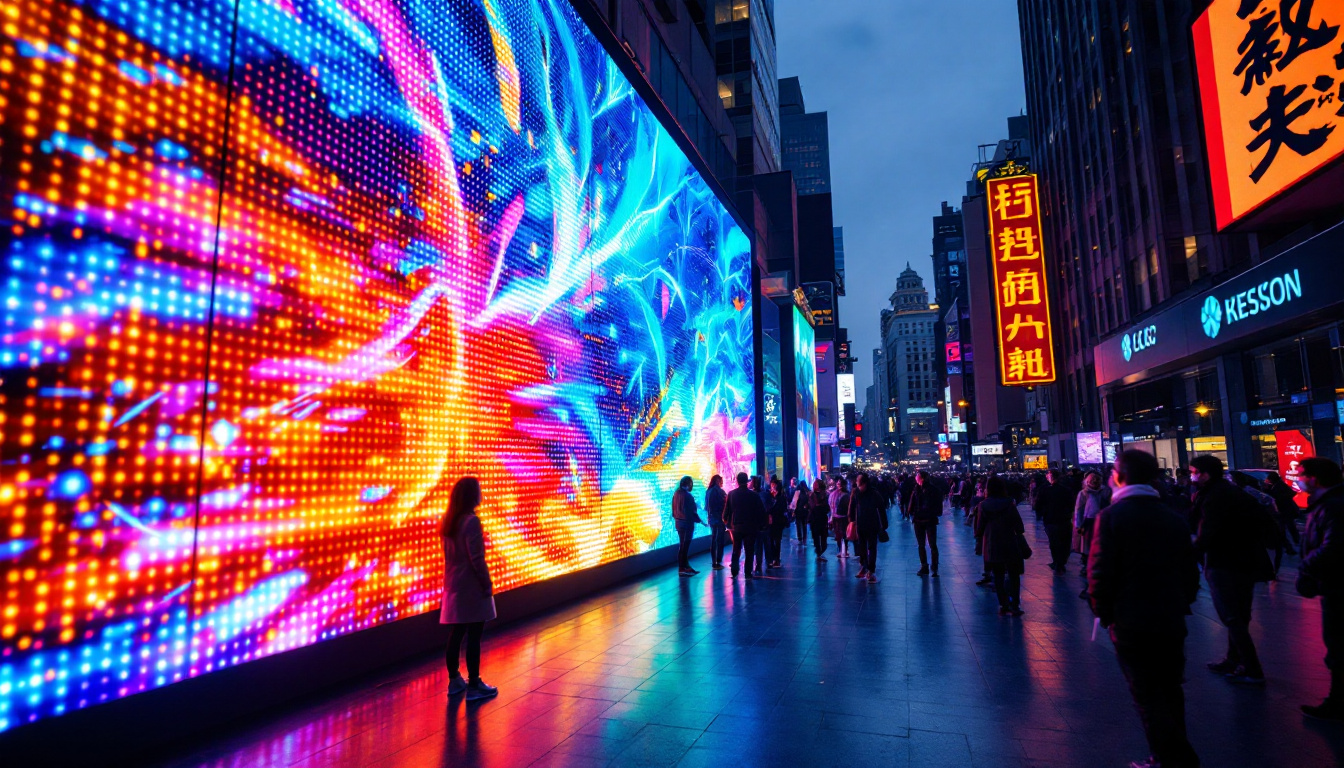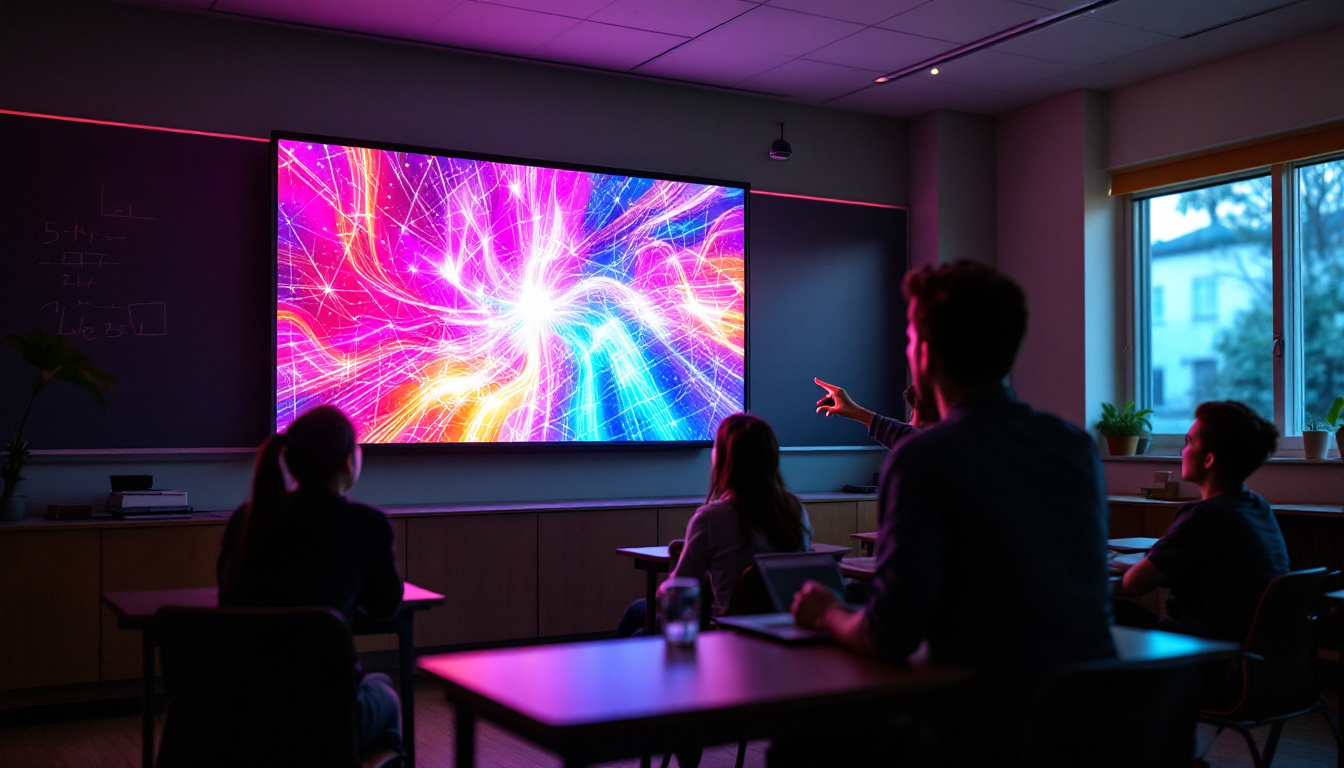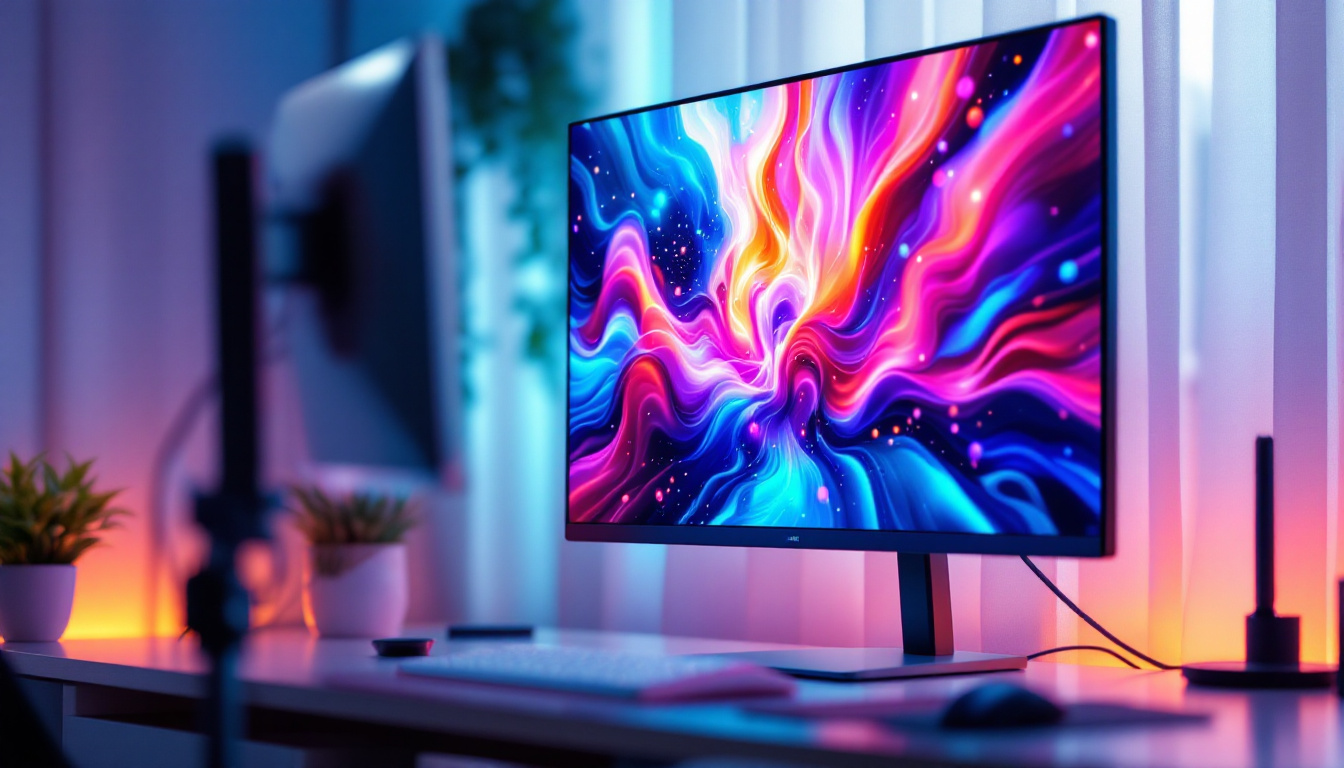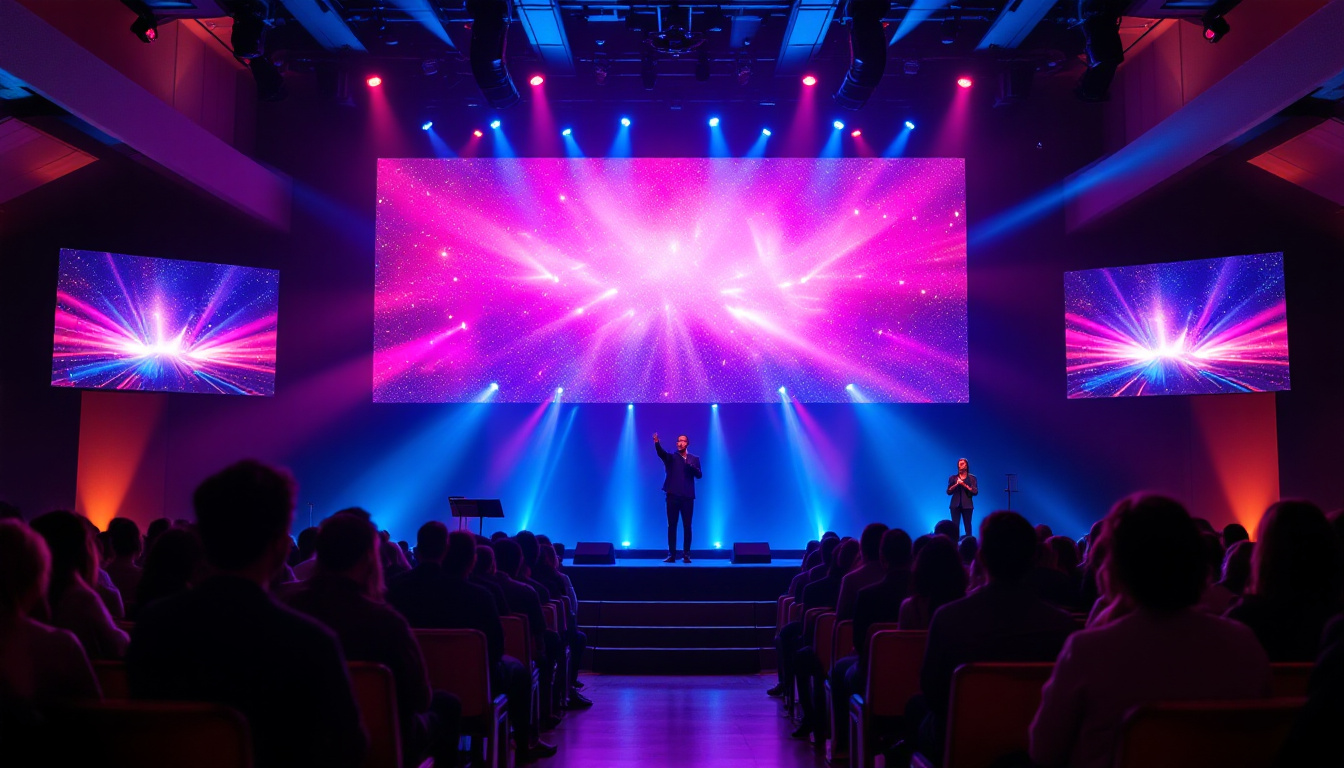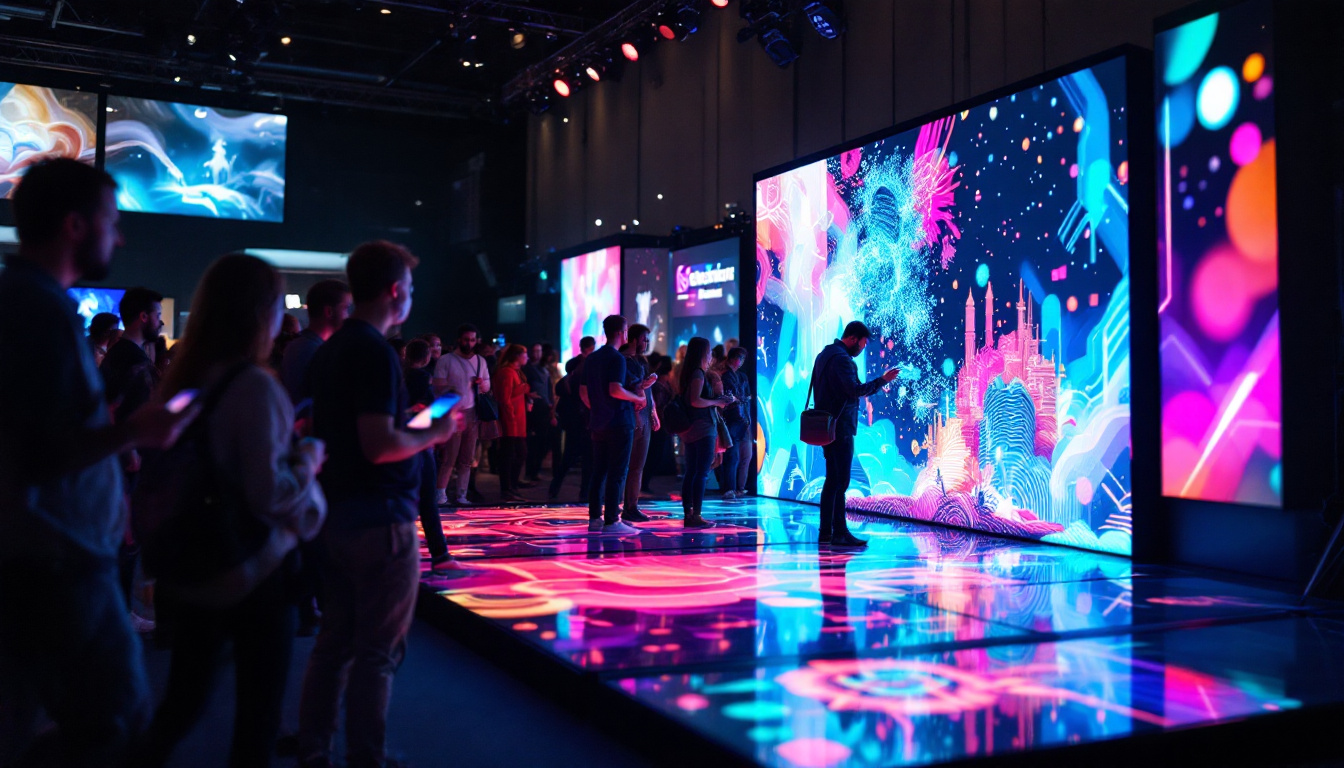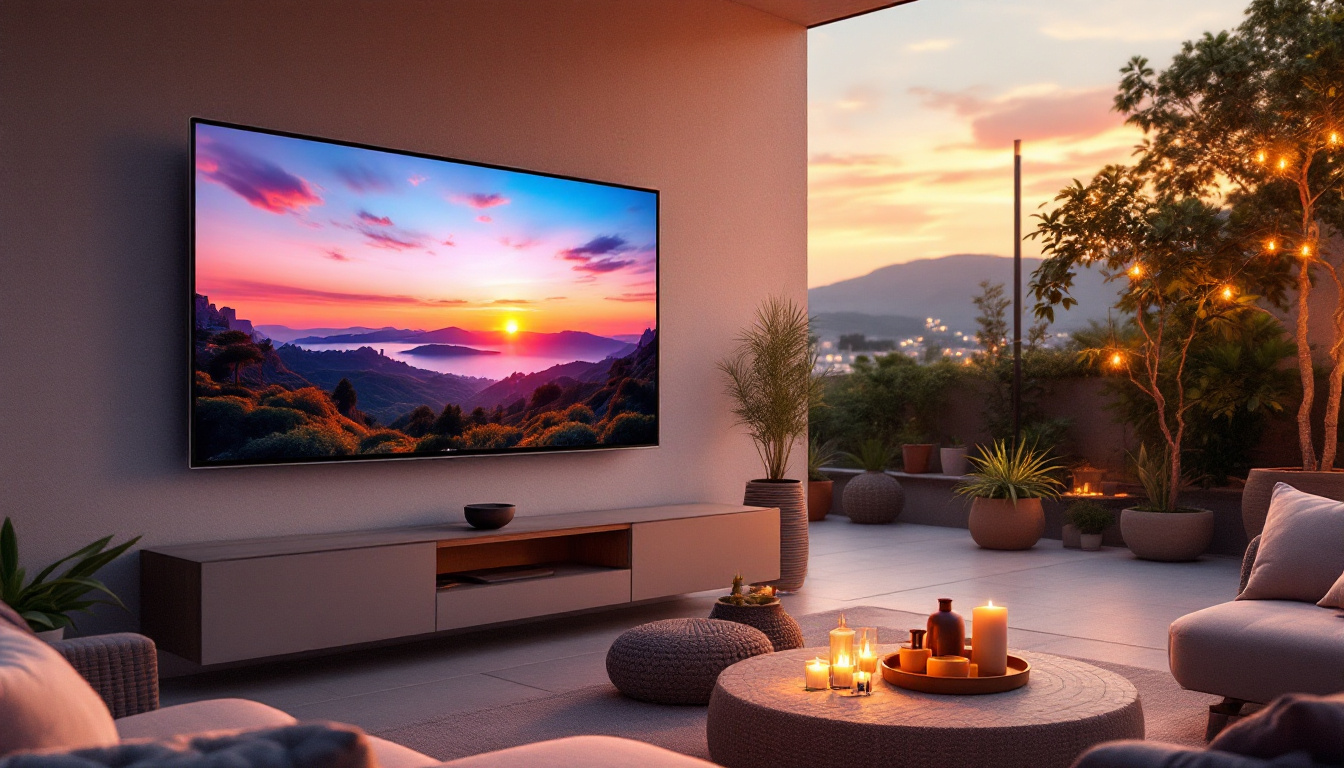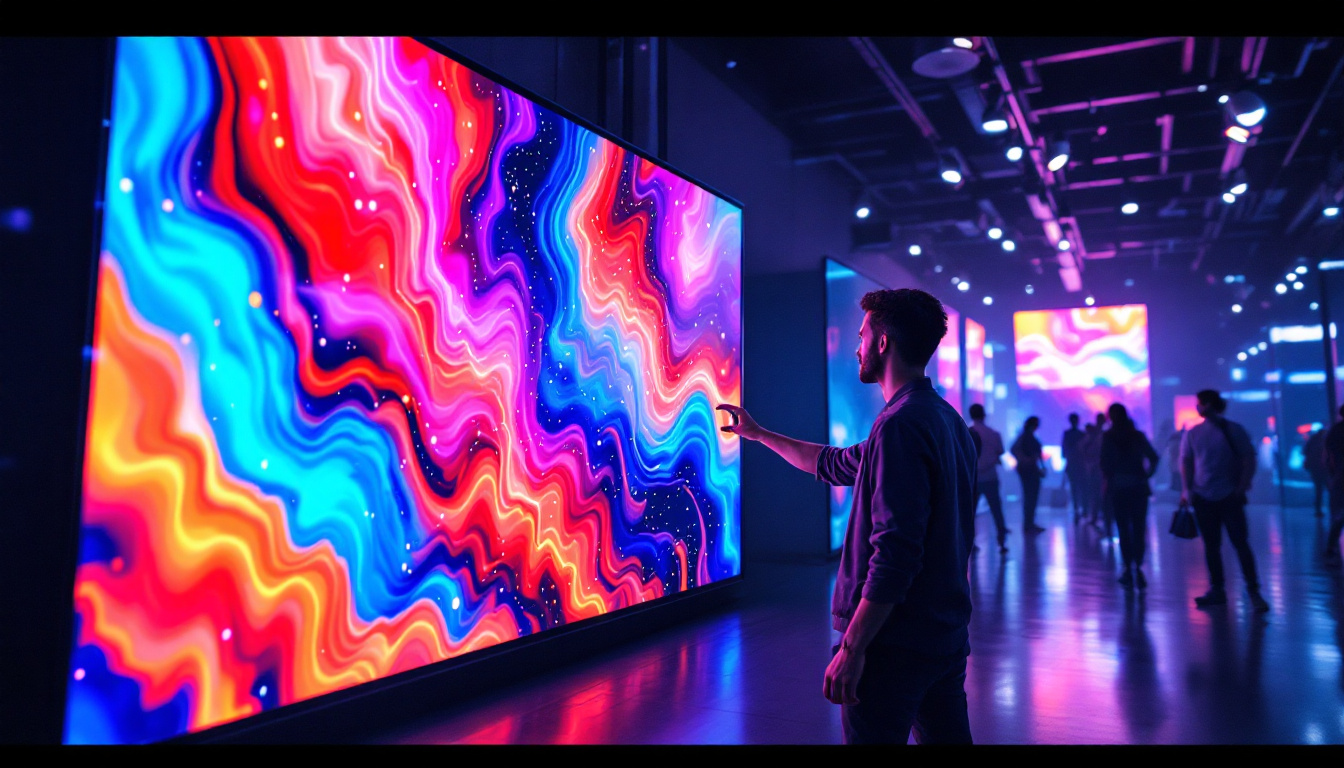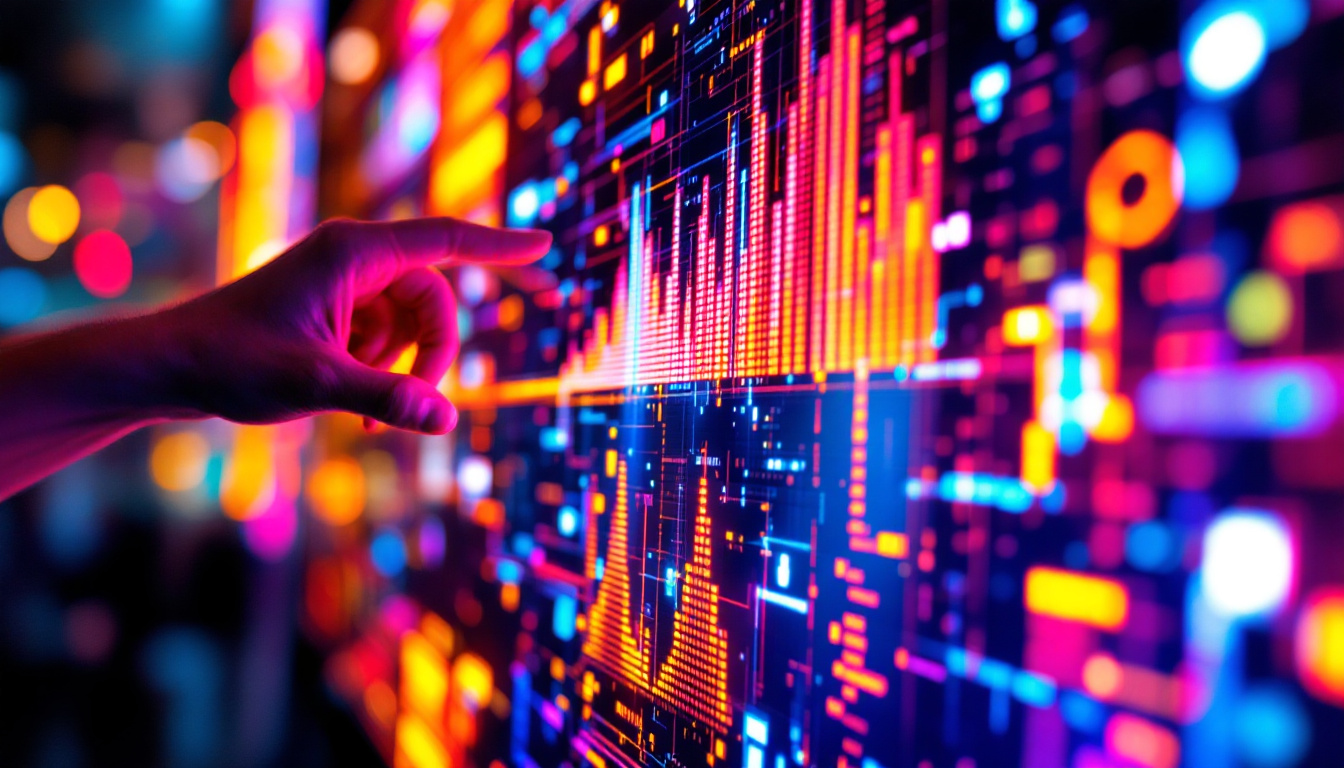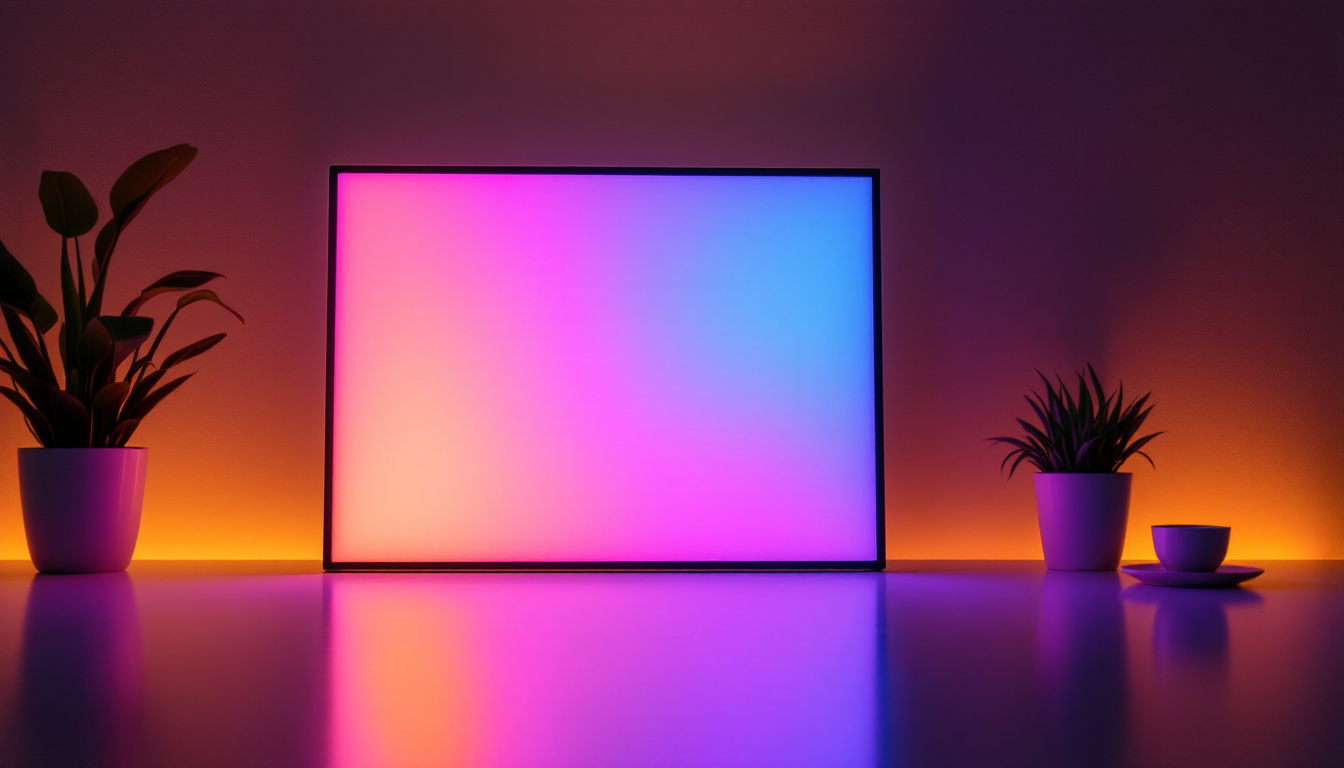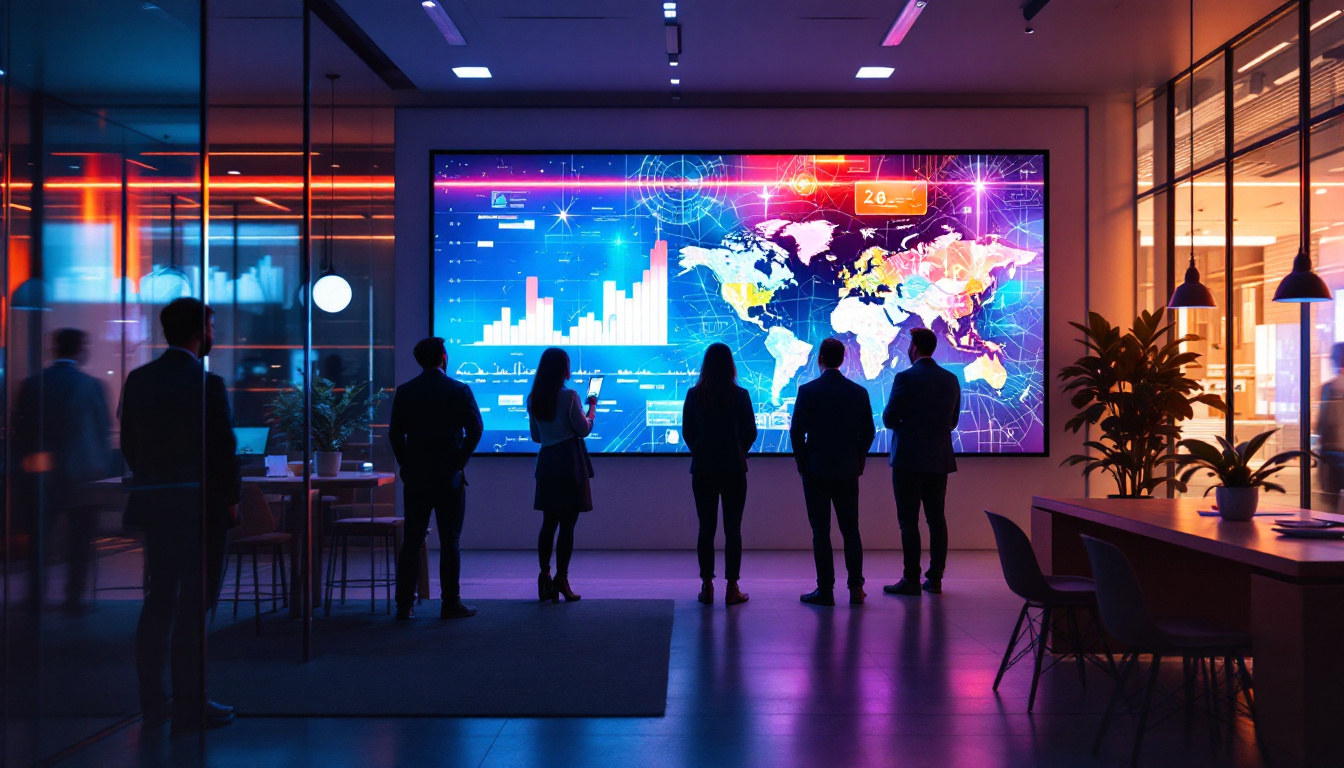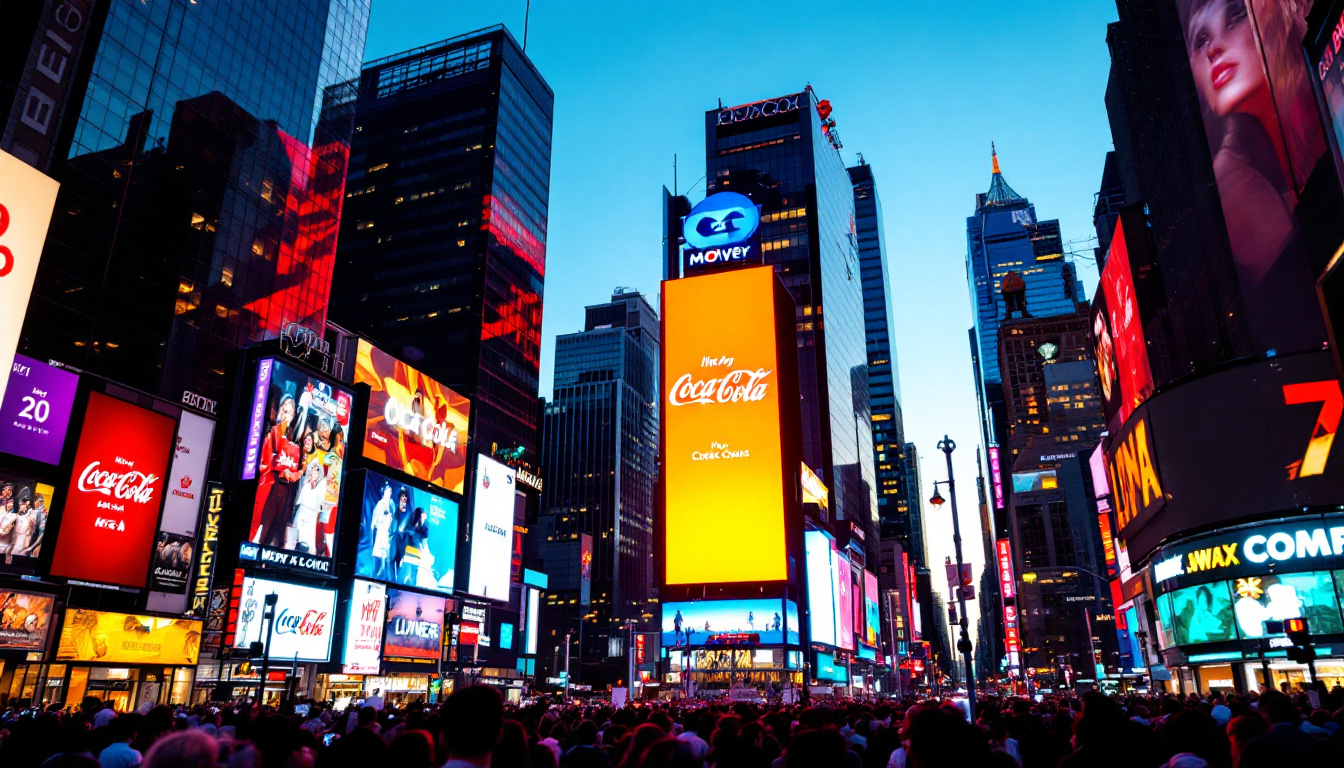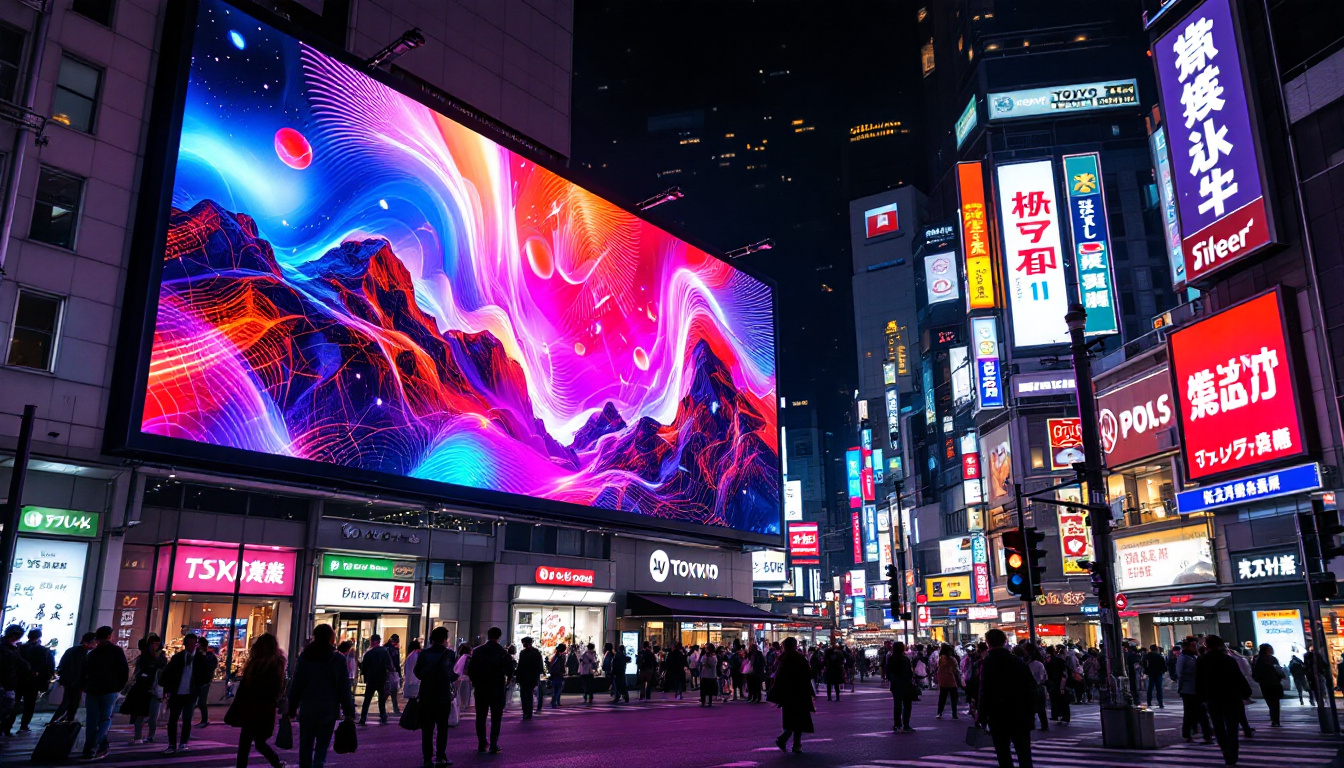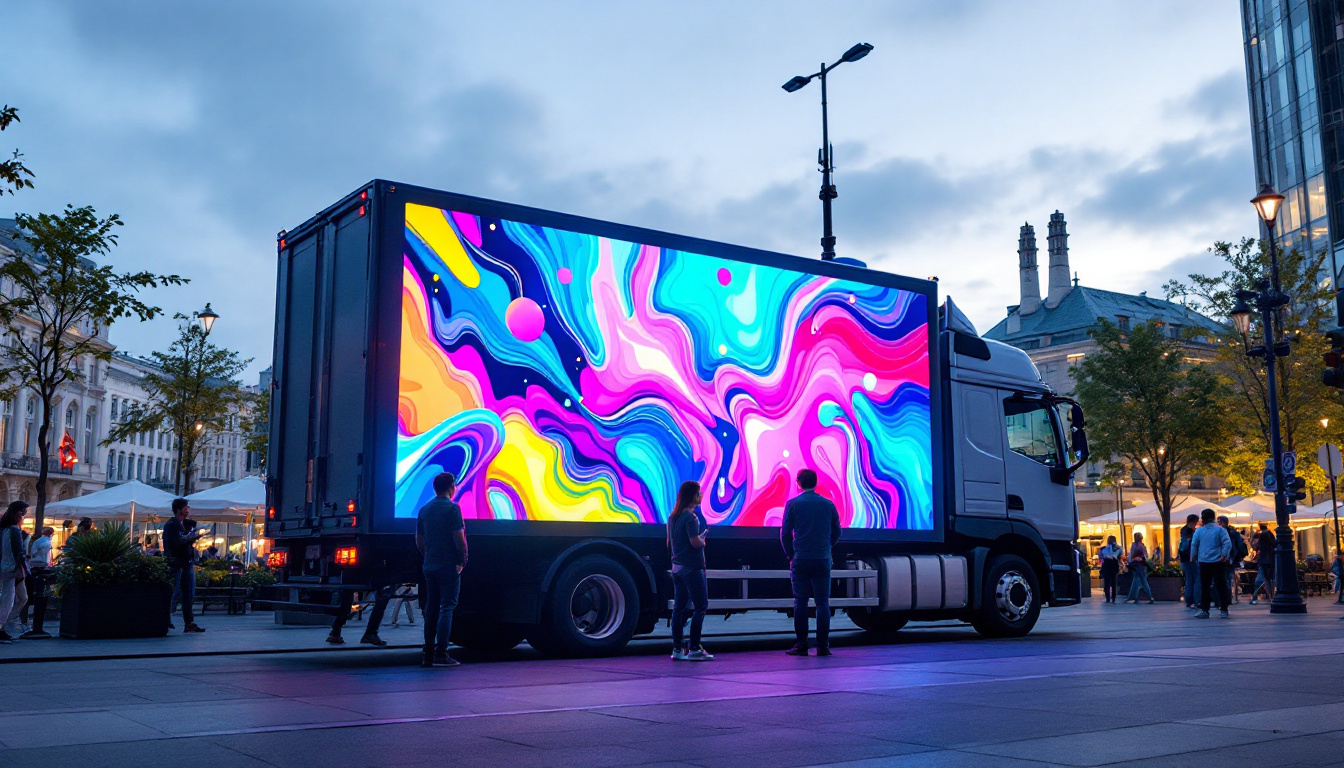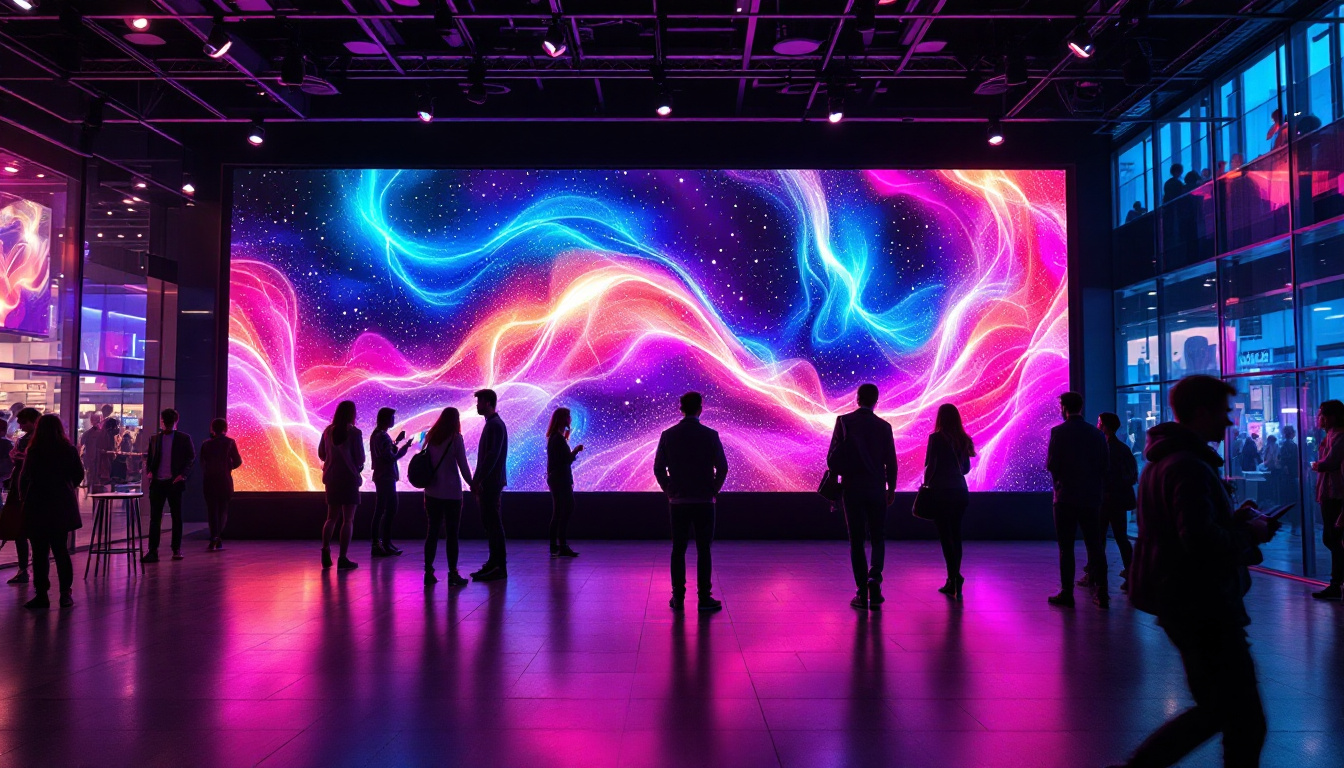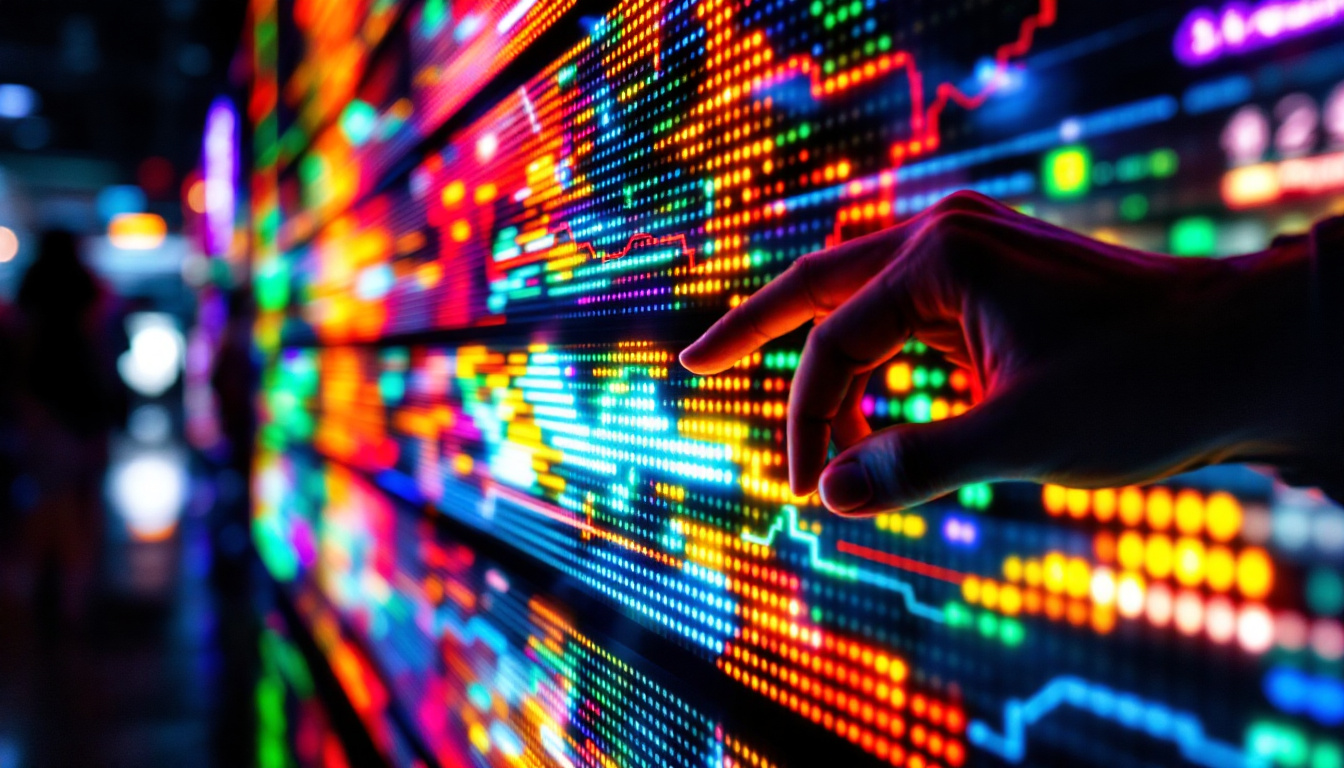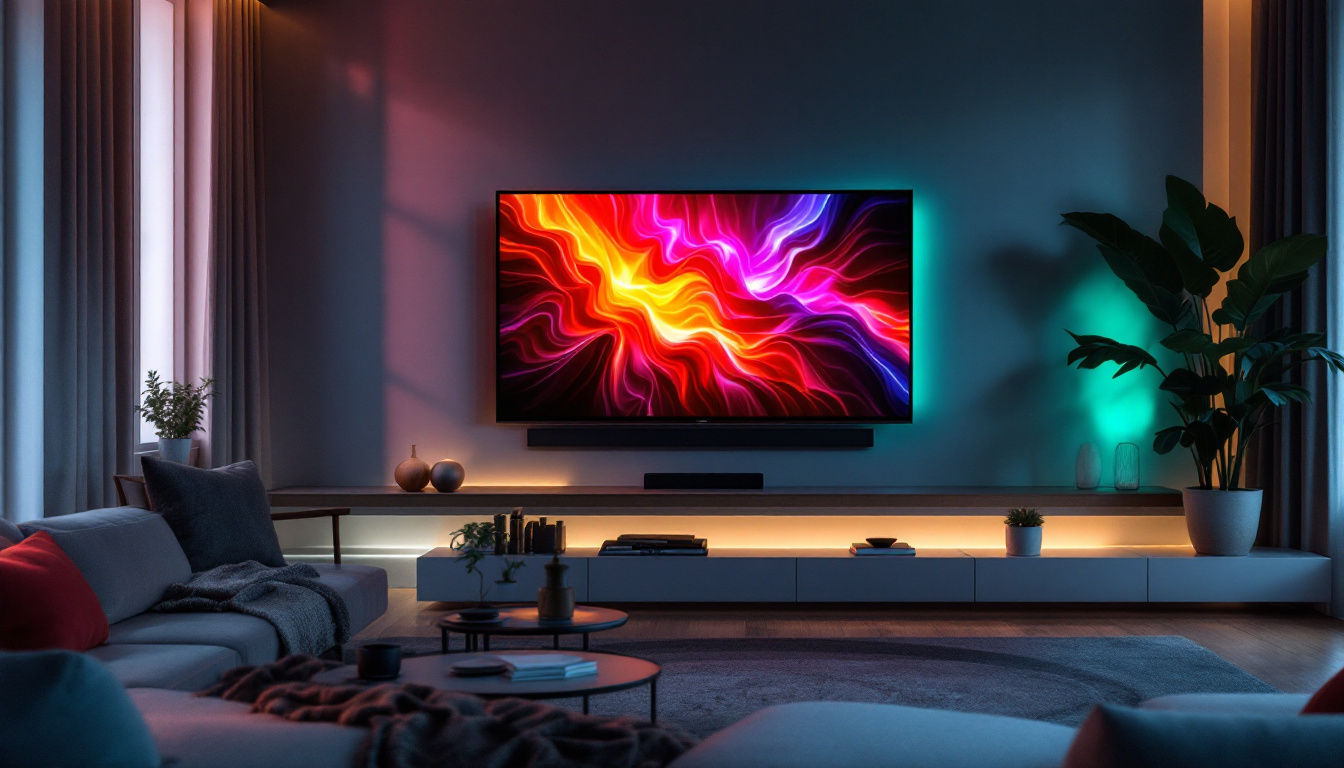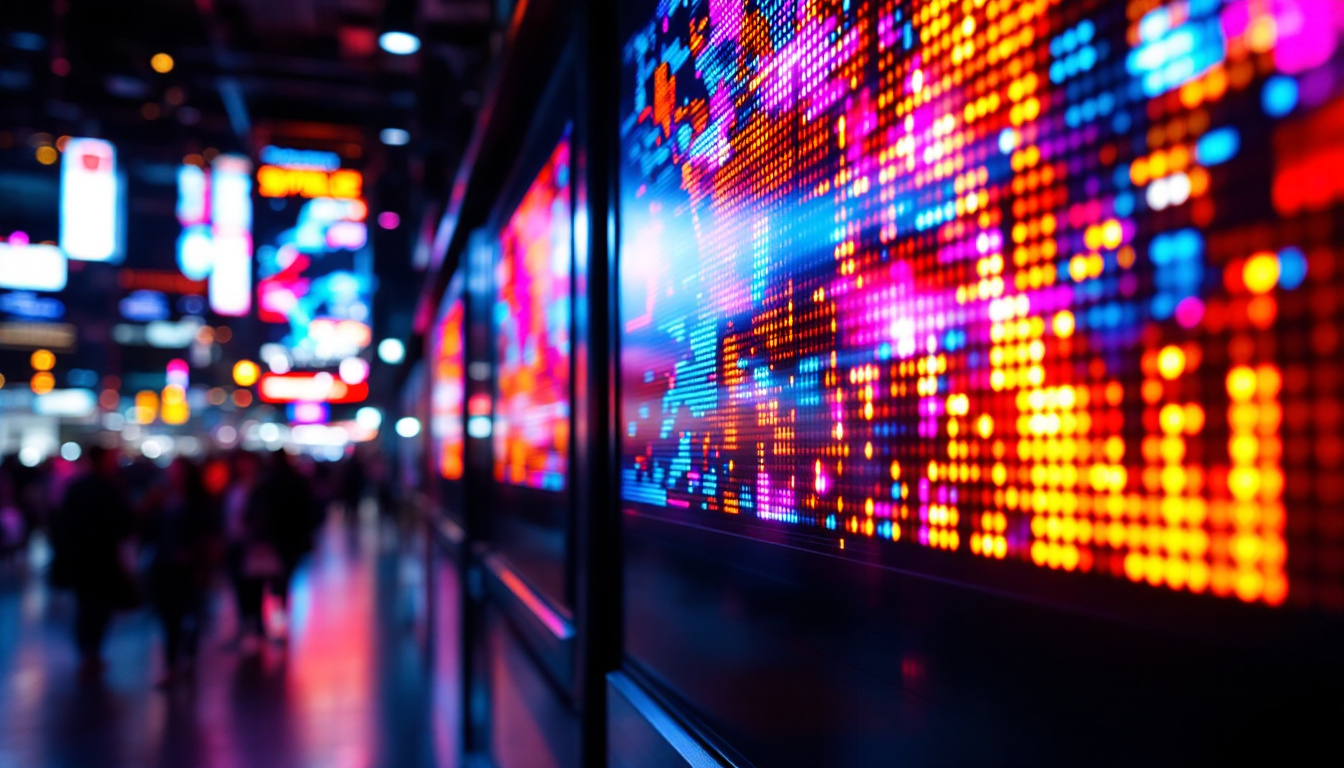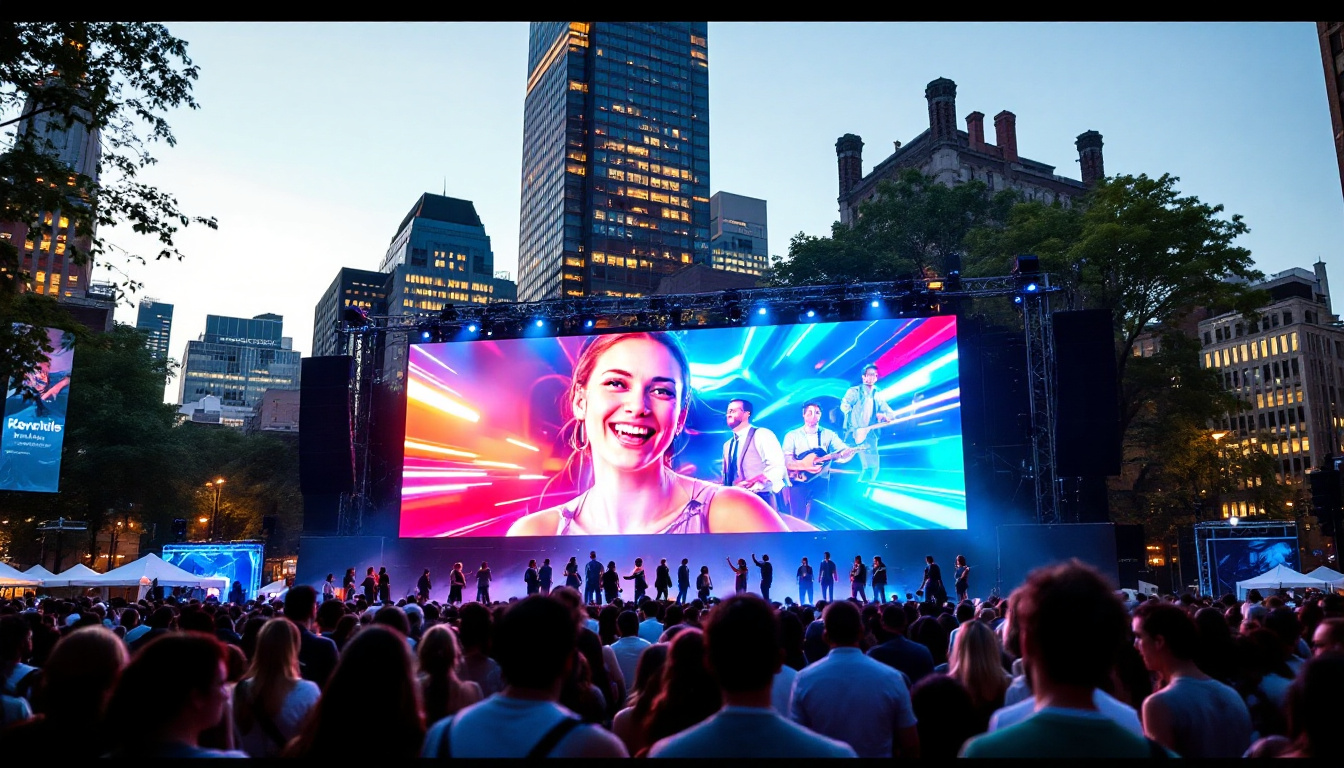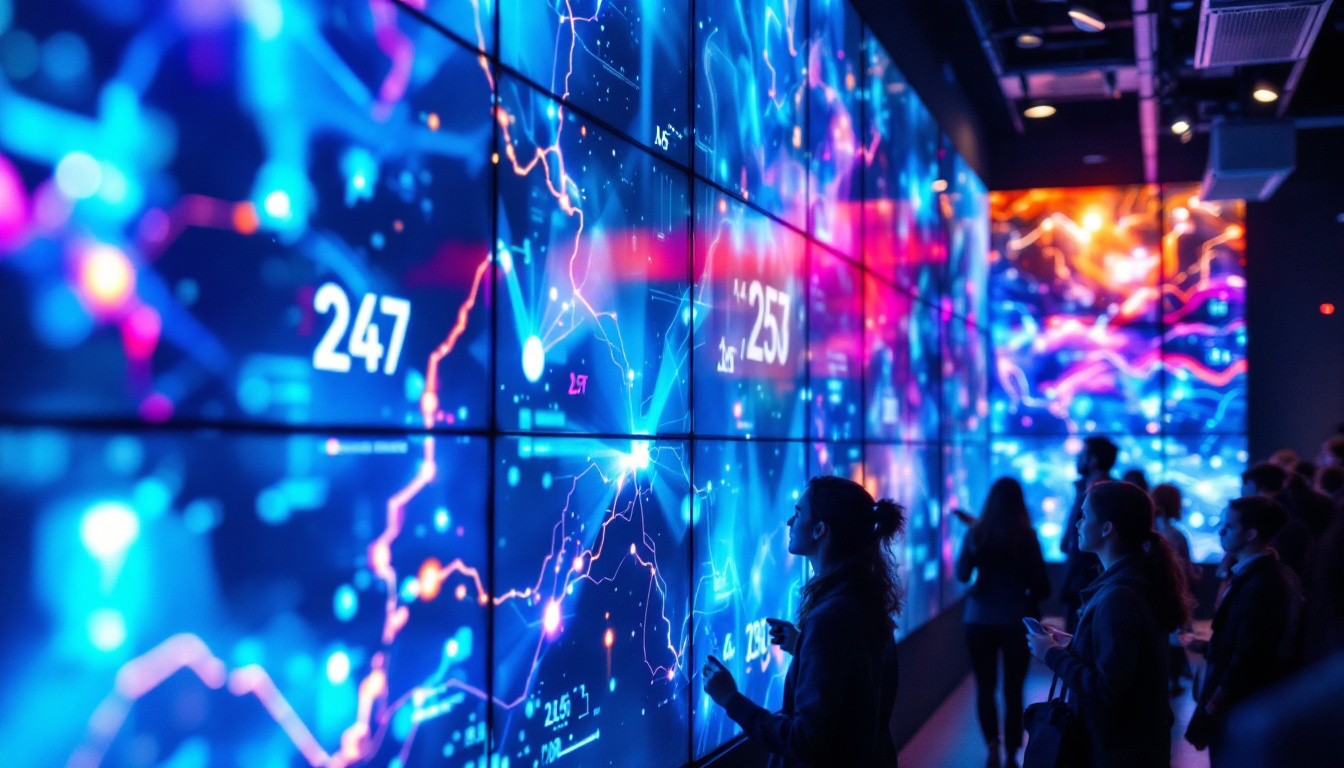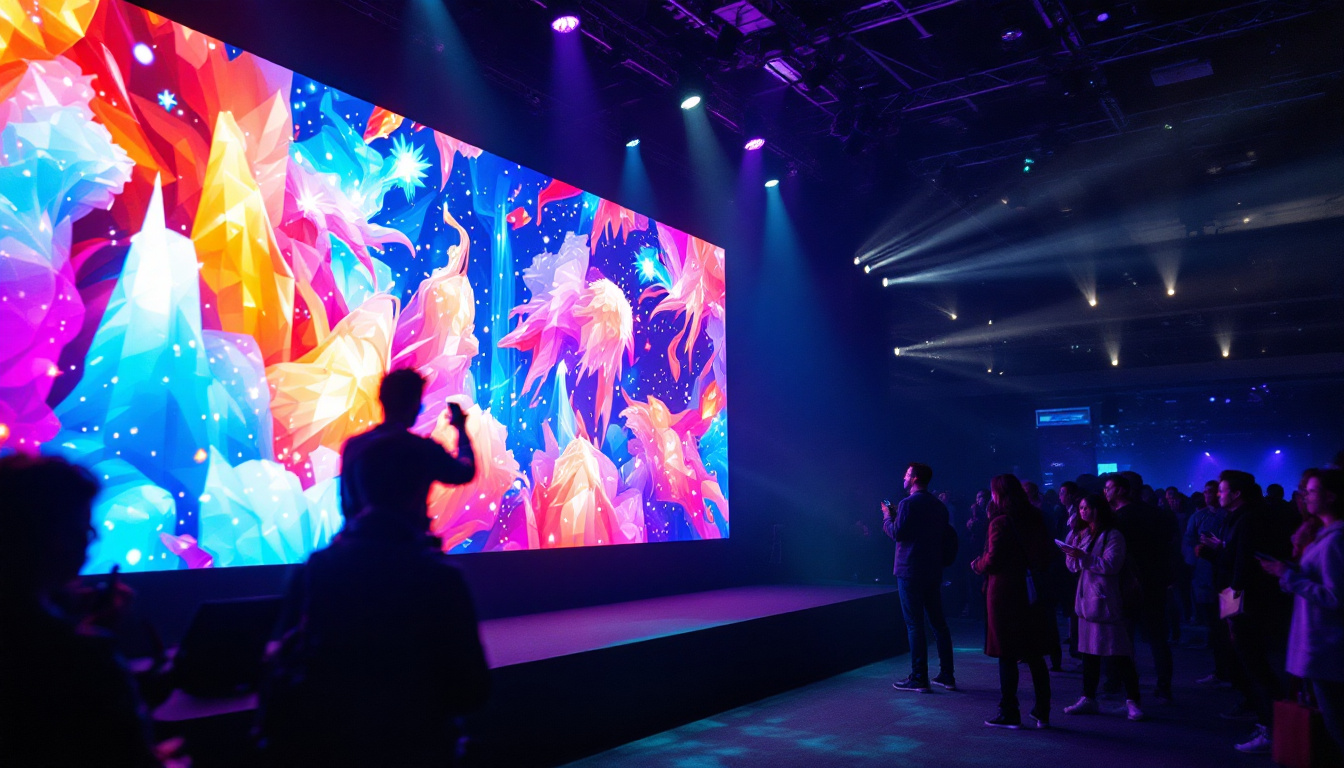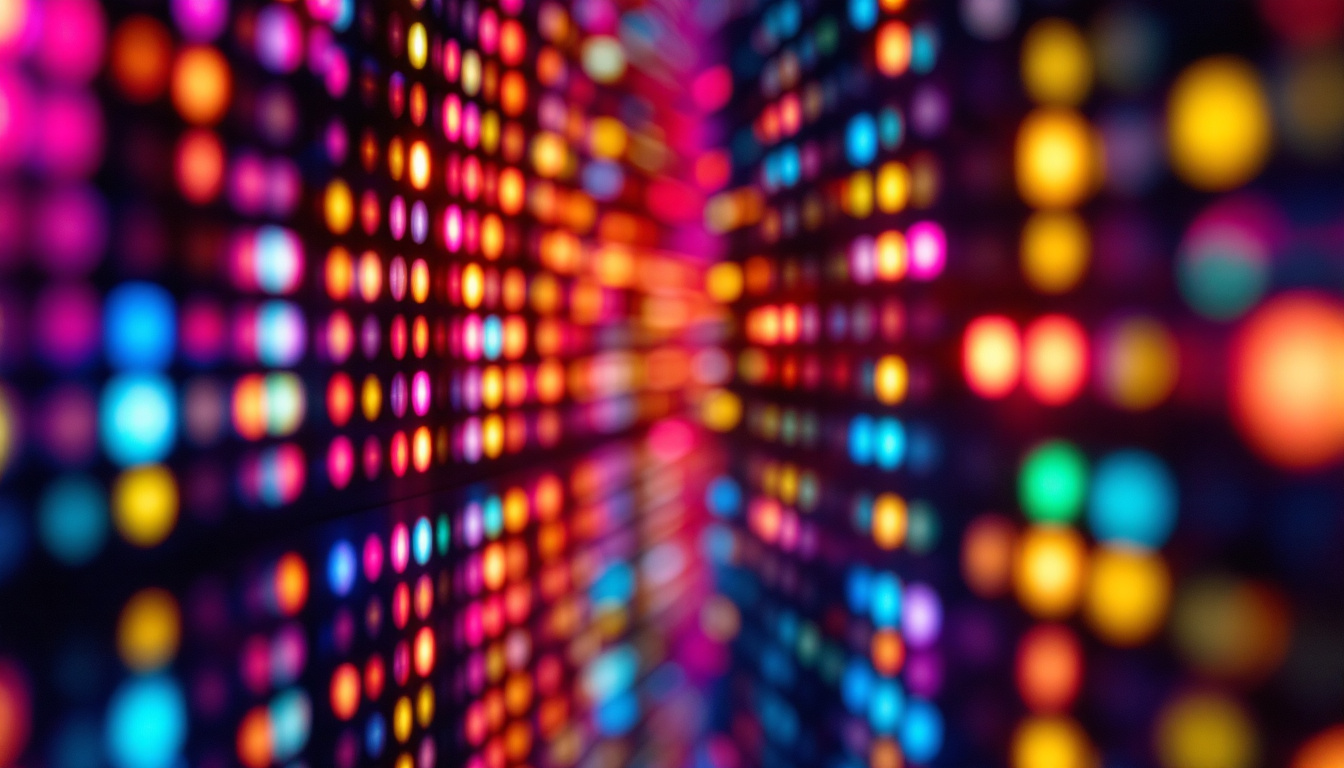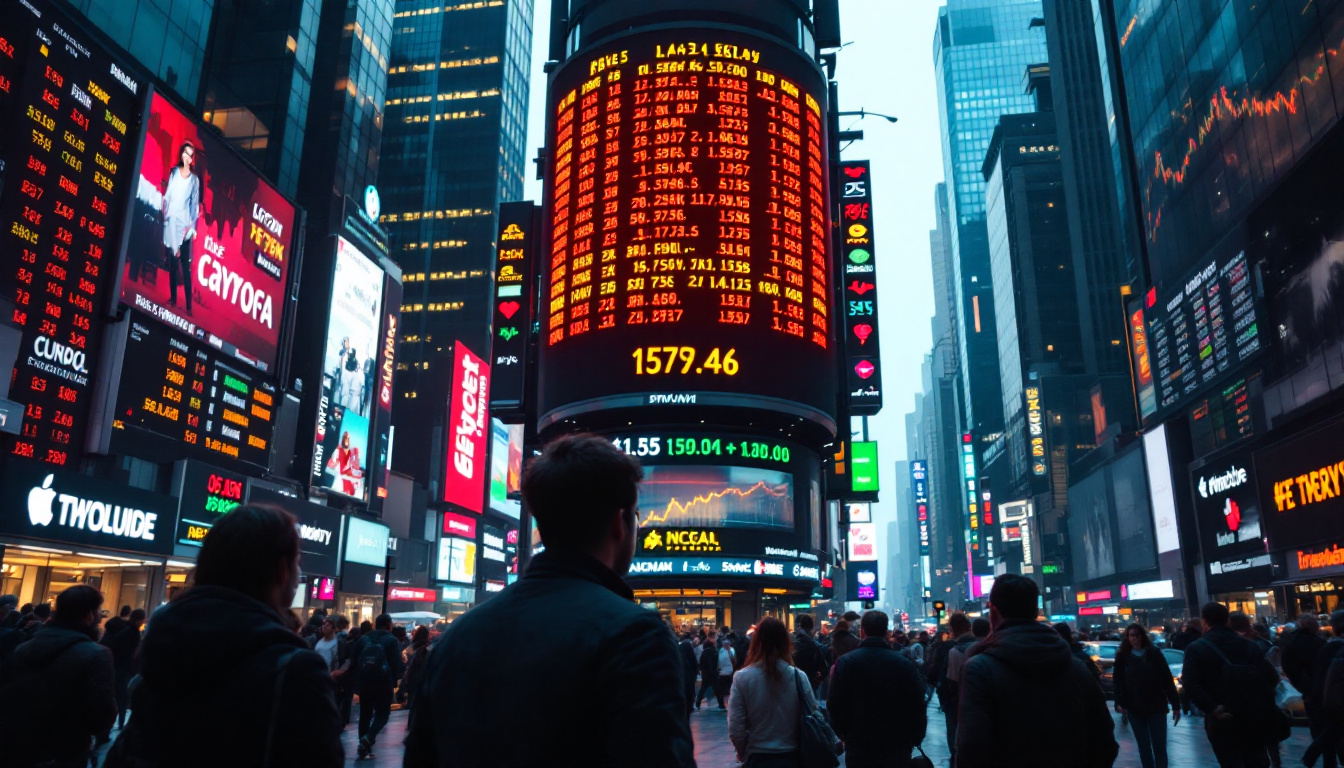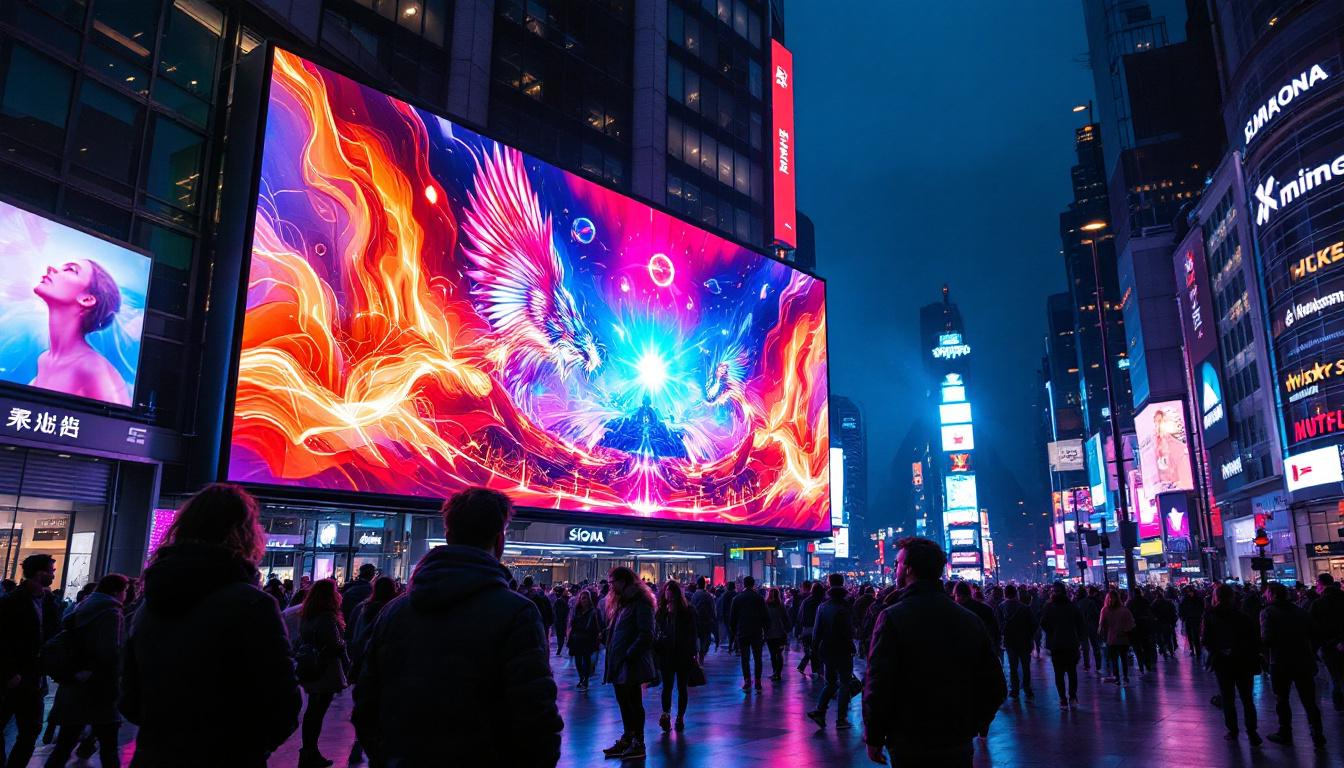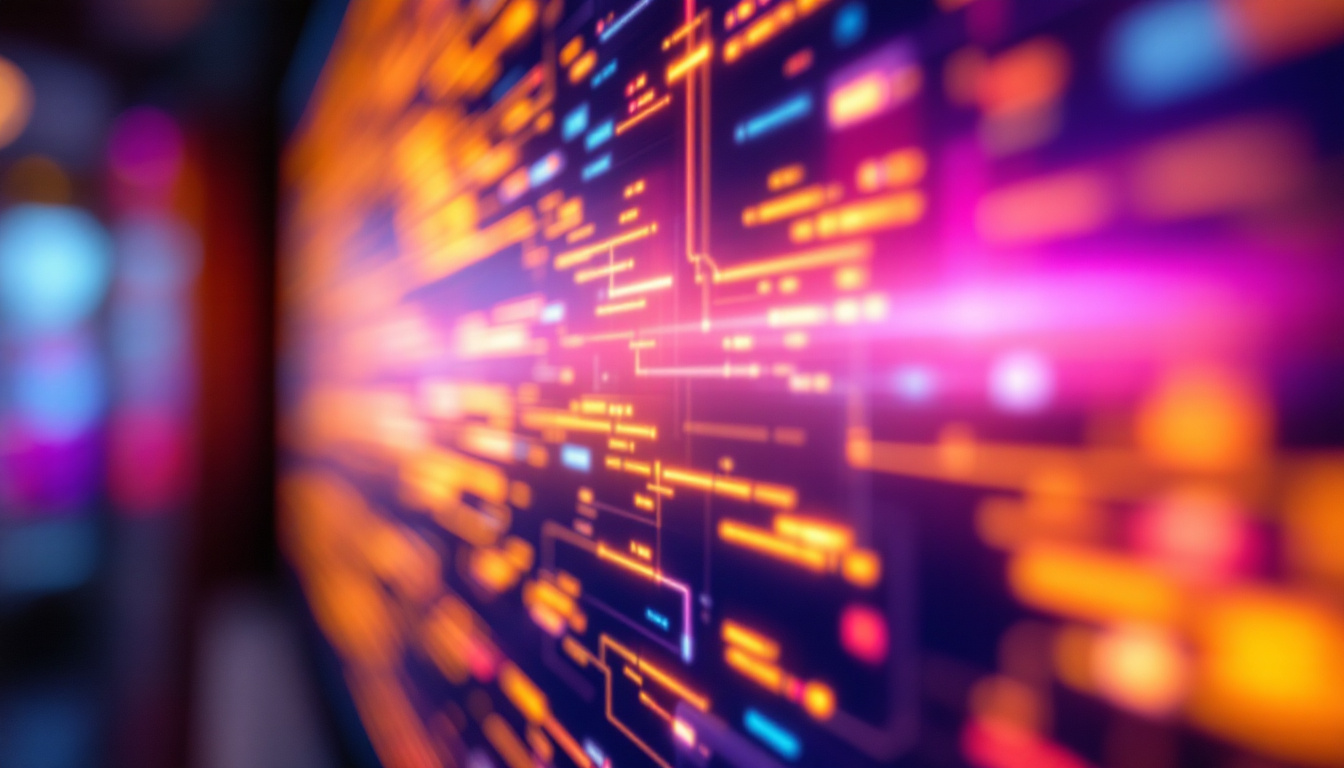In the modern world, visual communication has become an essential aspect of how information is conveyed. From advertising to entertainment, LED displays have emerged as a popular choice for showcasing images and videos. This article delves into the intricacies of LED displays, exploring their technology, applications, and advantages.
Understanding LED Technology
LED, or Light Emitting Diode, is a semiconductor device that emits light when an electric current passes through it. This technology has revolutionized the way displays are designed and utilized. Unlike traditional display technologies such as LCD or CRT, LED displays offer several distinct advantages that make them highly desirable for various applications. The energy efficiency of LEDs is particularly noteworthy, as they consume significantly less power compared to their predecessors, leading to reduced electricity costs and a smaller carbon footprint. This efficiency is a crucial factor in the growing demand for LED technology in both consumer electronics and large-scale installations.
How LED Displays Work
At the core of LED display technology is the arrangement of tiny LED lights that create images. These lights can be red, green, or blue, and by varying their intensity, a wide spectrum of colors can be produced. The combination of these colors allows for the creation of vibrant images and videos. The technology behind LEDs also enables faster refresh rates, which is particularly beneficial for applications that require dynamic content, such as video gaming or live sports broadcasting. This capability ensures that motion is displayed smoothly, enhancing the viewer’s experience.
LED displays can be categorized into two main types: direct-view and backlit. Direct-view LED displays consist of individual LEDs that form the entire image, while backlit LED displays use LEDs to illuminate an LCD panel. Each type has its own set of advantages, depending on the intended use. For instance, direct-view displays are often favored for large-scale outdoor advertising due to their brightness and visibility from long distances, while backlit displays are commonly used in consumer electronics, such as televisions and computer monitors, where color accuracy and detail are paramount.
Types of LED Displays
LED displays can be classified into several types, each suited for different applications. The most common types include:
- Indoor LED Displays: Typically used in venues such as theaters, shopping malls, and conference rooms, these displays offer high resolution and brightness suitable for close viewing. Their ability to produce sharp images makes them ideal for presentations and advertising in high-traffic areas.
- Outdoor LED Displays: Designed to withstand harsh weather conditions, outdoor LED displays are brighter and more durable, making them ideal for billboards and public signage. These displays often feature advanced weatherproofing technologies and can be seen clearly even in direct sunlight, ensuring that messages reach their intended audience effectively.
- Transparent LED Displays: These innovative displays allow for visibility through the screen, making them perfect for retail environments where product visibility is essential. By combining digital advertising with product displays, retailers can create immersive shopping experiences that engage customers while showcasing their merchandise.
In addition to these common types, there are also specialized LED displays, such as flexible LED screens that can be bent and shaped to fit unique spaces, and high-definition LED walls that are often used in concert venues and large events. These advancements in LED technology continue to push the boundaries of what is possible in visual communication, allowing for creative applications that were previously unimaginable. As the technology evolves, we can expect to see even more innovative uses of LED displays across various industries, further enhancing our interaction with digital content.
Applications of LED Displays
LED displays are versatile and can be found in a wide array of applications. Their ability to produce bright, colorful images makes them suitable for both commercial and personal use.
Advertising and Marketing
One of the most prominent uses of LED displays is in advertising. Businesses utilize large outdoor LED billboards to capture the attention of passersby, displaying dynamic content that can be easily updated. This flexibility allows marketers to promote different products or services in real-time, enhancing engagement and driving sales.
Indoor LED displays are also commonly used in retail environments, where they can showcase promotional videos or highlight specific products. The eye-catching nature of LED technology helps brands stand out in a crowded marketplace.
Entertainment and Events
In the entertainment industry, LED displays have become a staple for concerts, festivals, and sporting events. Large LED screens are often set up to provide audiences with a clear view of performances, ensuring that everyone can enjoy the experience regardless of their seating position.
Moreover, LED displays are frequently used in stage design, allowing for stunning visual effects that enhance the overall atmosphere of the event. Their ability to display high-resolution images and videos contributes to a more immersive experience for attendees.
Information and Communication
LED displays are also widely used for information dissemination. transportation hubs, such as airports and train stations, utilize LED screens to display real-time information about arrivals and departures. This ensures that travelers are kept informed and can make timely decisions.
Similarly, educational institutions have adopted LED displays for classrooms and auditoriums, facilitating effective communication of information during lectures and presentations. The clarity and brightness of LED technology make it an excellent choice for conveying important messages.
Advantages of LED Displays
LED displays offer numerous advantages over traditional display technologies. Understanding these benefits can help businesses and individuals make informed decisions about their display needs.
Energy Efficiency
One of the standout features of LED displays is their energy efficiency. Compared to traditional lighting technologies, LEDs consume significantly less power while providing brighter images. This not only reduces electricity costs but also contributes to a smaller carbon footprint, making LED displays an environmentally friendly choice.
Additionally, the longevity of LED technology means that replacements are less frequent, further enhancing its cost-effectiveness over time.
Brightness and Visibility
LED displays are known for their exceptional brightness levels, making them easily visible in various lighting conditions. This is particularly important for outdoor displays, where sunlight can wash out the visibility of traditional screens. The high brightness of LED displays ensures that content remains clear and engaging, regardless of the environment.
Furthermore, the wide viewing angles of LED displays allow for optimal visibility from different perspectives, making them ideal for large audiences.
Durability and Longevity
LED displays are built to last, with robust construction that can withstand harsh conditions. Outdoor LED displays, in particular, are designed to resist moisture, dust, and temperature fluctuations, ensuring reliable performance over time.
The durability of LED technology means that maintenance costs are minimized, as they require less frequent servicing compared to other display types. This reliability is a significant advantage for businesses that rely on continuous operation.
Challenges and Considerations
While LED displays offer numerous benefits, there are also challenges and considerations that potential users should keep in mind. Understanding these factors can help in making informed decisions about display investments.
Initial Costs
The initial investment for LED displays can be higher than that of traditional display technologies. However, this should be weighed against the long-term savings in energy costs and maintenance. Many businesses find that the return on investment justifies the upfront expenditure, especially given the longevity and durability of LED displays.
Additionally, as technology advances, the prices of LED displays are gradually decreasing, making them more accessible for a wider range of applications.
Content Management
Another consideration is the need for effective content management. While LED displays can showcase dynamic content, managing that content requires a robust system. Businesses must invest in software and training to ensure that they can effectively update and maintain their displays.
Moreover, creating engaging content that captures the attention of viewers is crucial. This may require collaboration with graphic designers or marketing professionals to develop visually appealing and impactful messages.
The Future of LED Displays
The future of LED displays looks promising, with ongoing advancements in technology paving the way for even more innovative applications. As the demand for high-quality visual communication continues to grow, so too does the potential for LED displays to evolve.
Emerging Technologies
One of the most exciting developments in the world of LED displays is the emergence of MicroLED technology. MicroLED displays utilize smaller individual LEDs, allowing for higher resolutions and improved color accuracy. This technology has the potential to revolutionize the display industry, providing even more vibrant and detailed images.
Additionally, advancements in flexible LED displays are opening up new possibilities for creative applications. These displays can be bent and shaped to fit unique designs, enabling innovative installations in architecture and art.
Integration with Smart Technology
As smart technology continues to permeate various aspects of daily life, LED displays are also becoming more integrated with smart systems. This integration allows for enhanced functionality, such as remote content management and real-time data display.
For example, businesses can utilize LED displays to showcase real-time analytics or social media feeds, creating a dynamic and engaging experience for viewers. This capability enhances the effectiveness of marketing campaigns and communication efforts.
Conclusion
LED displays have transformed the way images and information are presented, offering a versatile and effective solution for various applications. With their energy efficiency, brightness, and durability, they have become a preferred choice for businesses and organizations looking to enhance their visual communication.
As technology continues to advance, the potential for LED displays is limitless. Emerging innovations and smart technology integration promise to further enhance their capabilities, making them an indispensable tool in the world of visual communication.
Whether for advertising, entertainment, or information dissemination, LED displays are poised to play a significant role in shaping the future of how images are displayed and experienced.
Explore Cutting-Edge LED Display Solutions
Ready to elevate your visual communication with the latest in LED display technology? Look no further than LumenMatrix, a pioneer in crafting LED display modules that bring your brand to life. From the immersive Indoor LED Wall Display to the dynamic Outdoor LED Wall Display, and from the innovative LED Transparent Display to the versatile All-in-One LED Display, LumenMatrix offers a comprehensive range of solutions tailored to your needs. Experience how our state-of-the-art LED displays can transform your space and captivate your audience. Check out LumenMatrix LED Display Solutions today and start creating unforgettable visual experiences.

